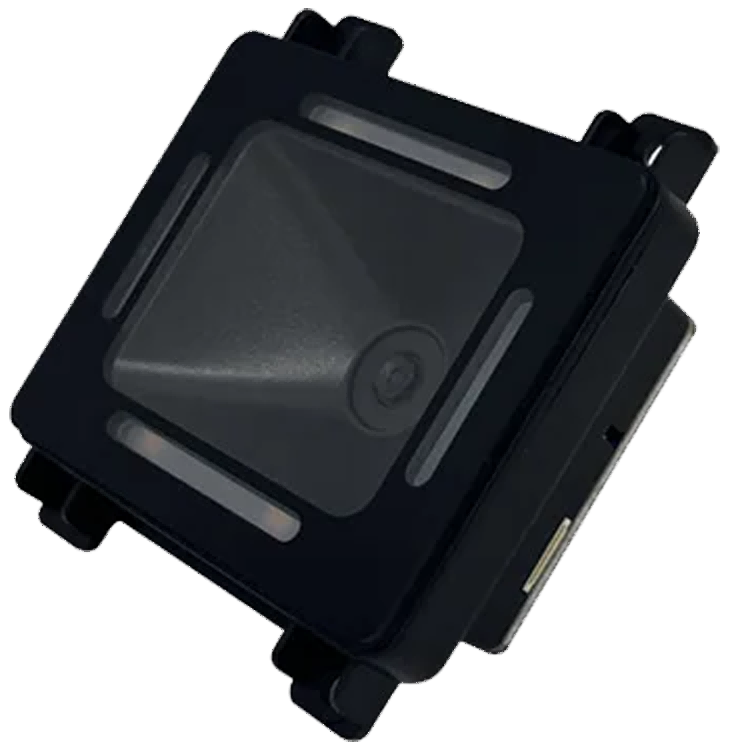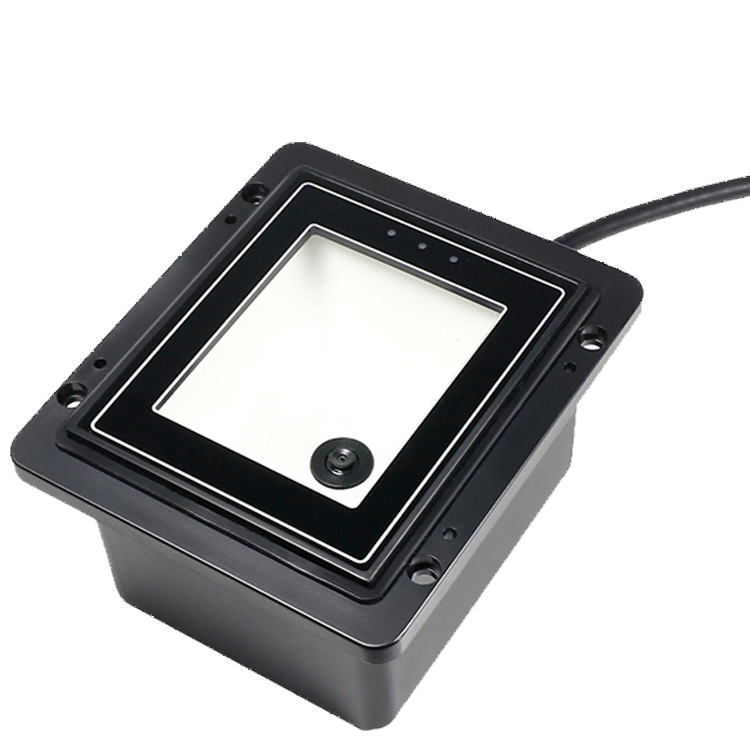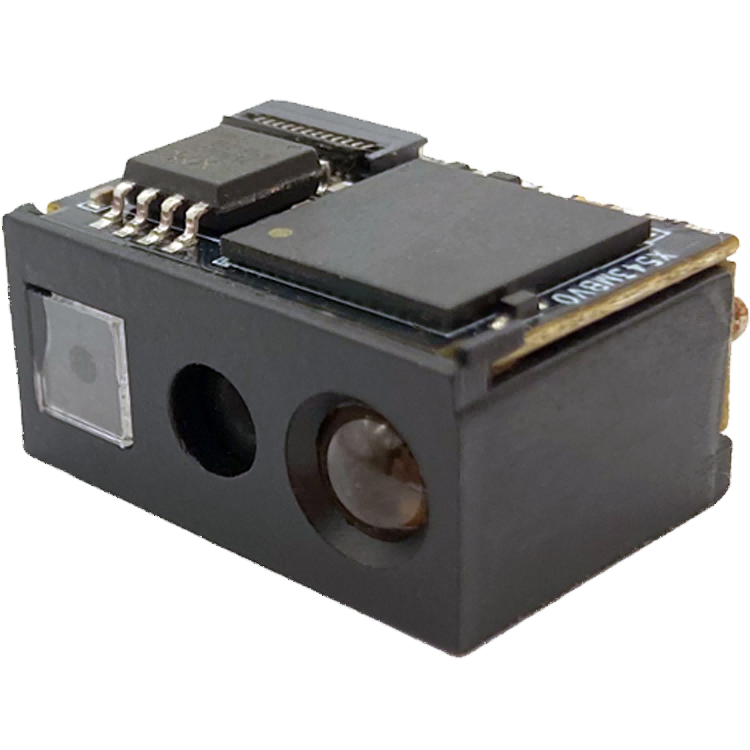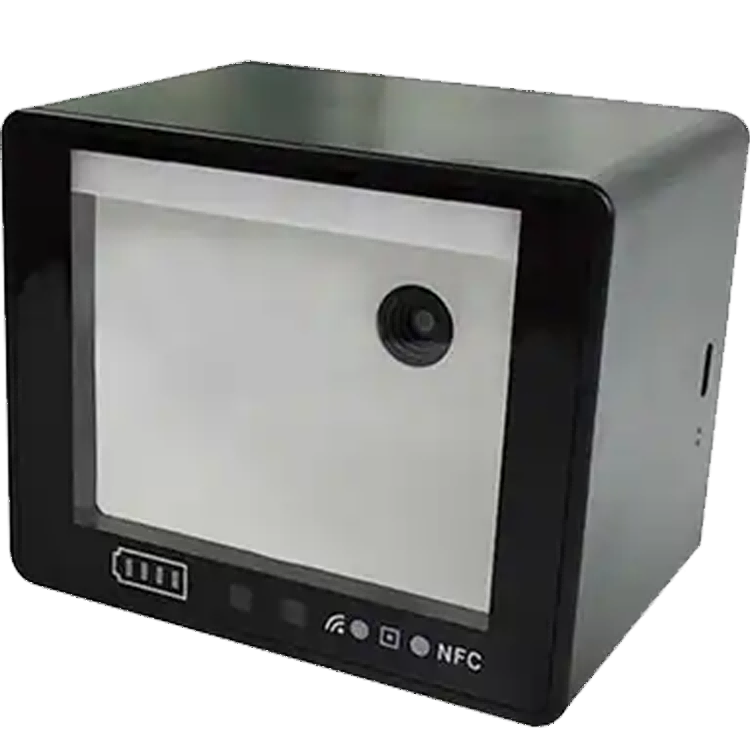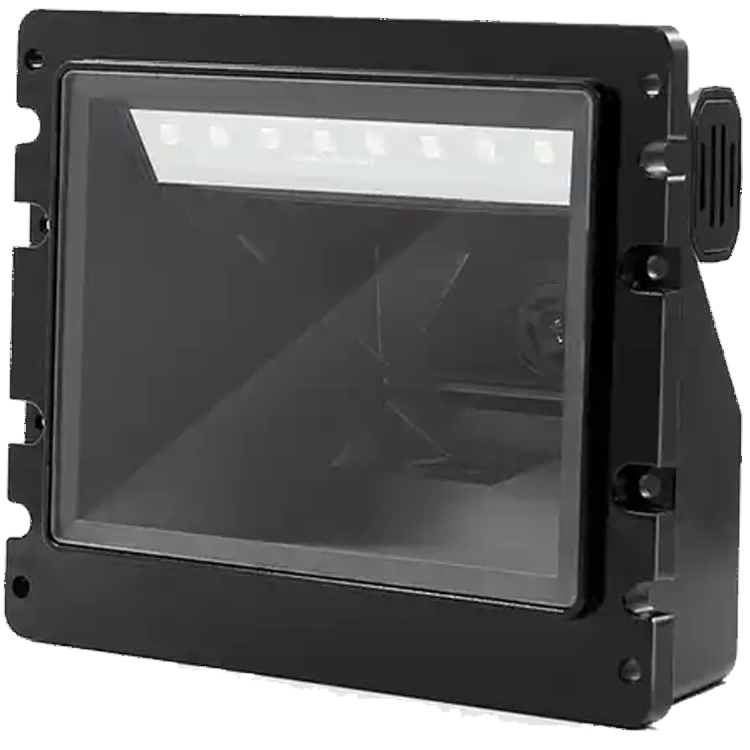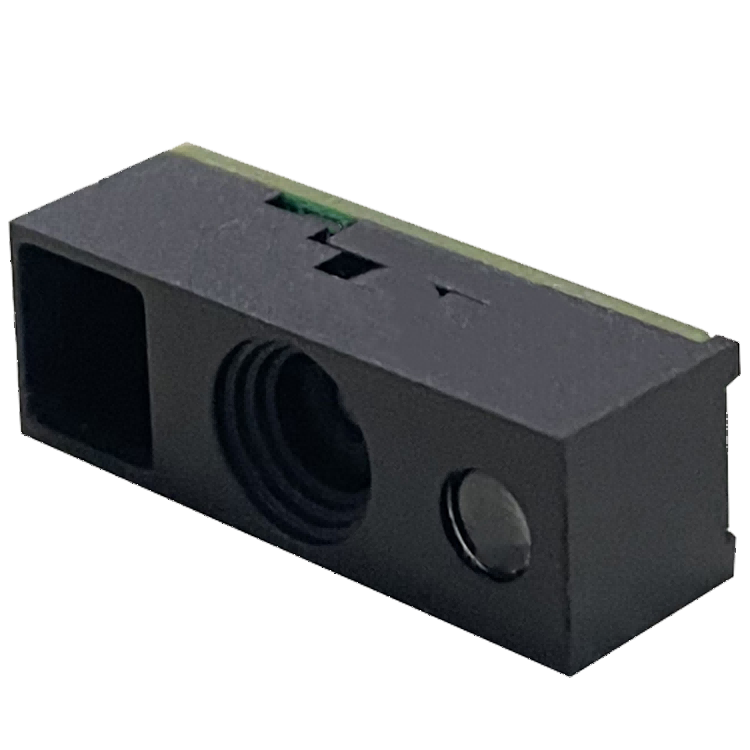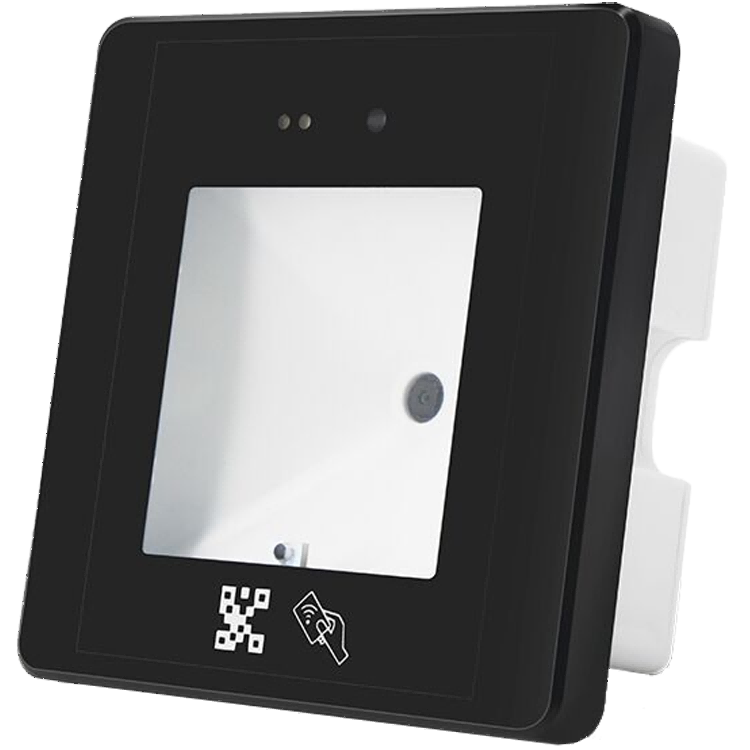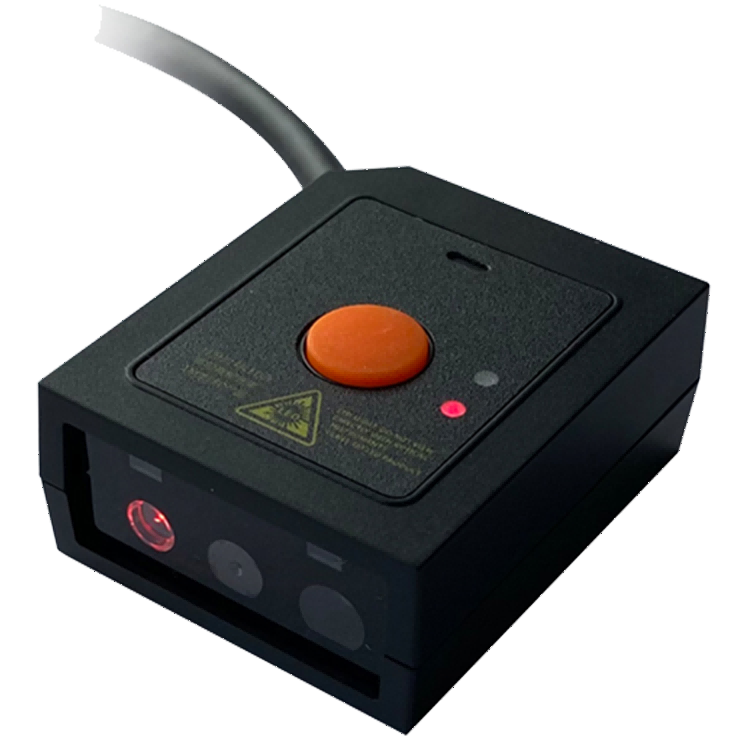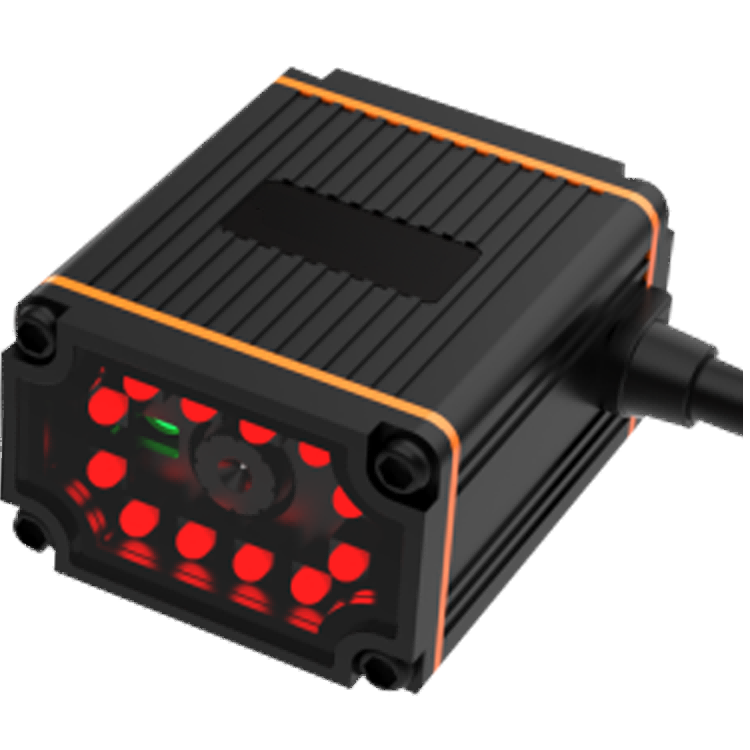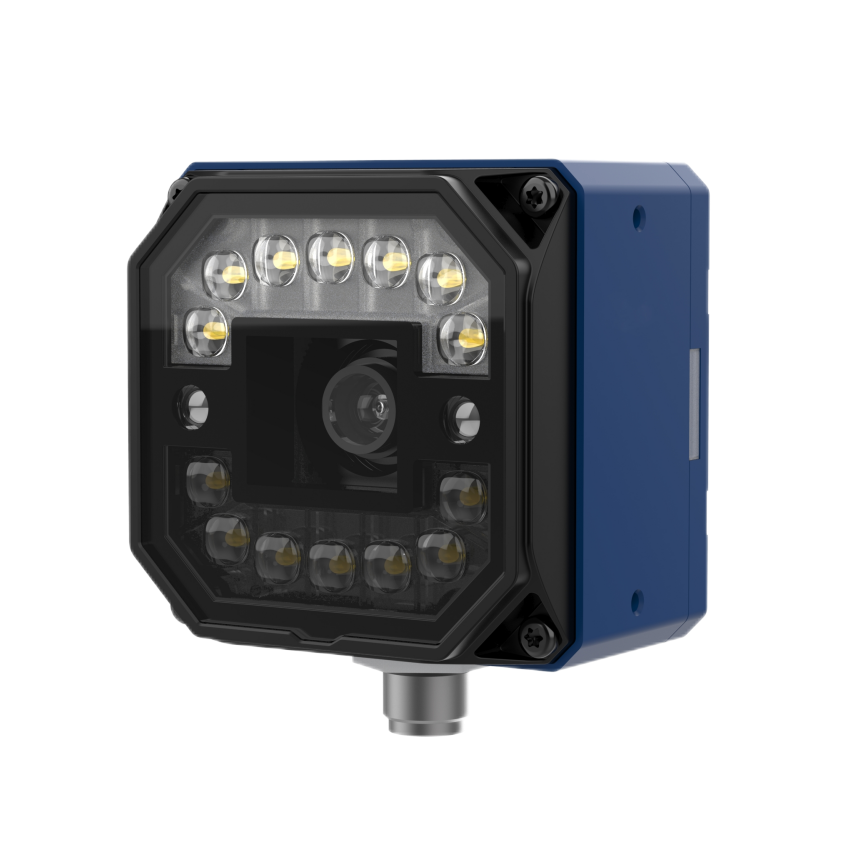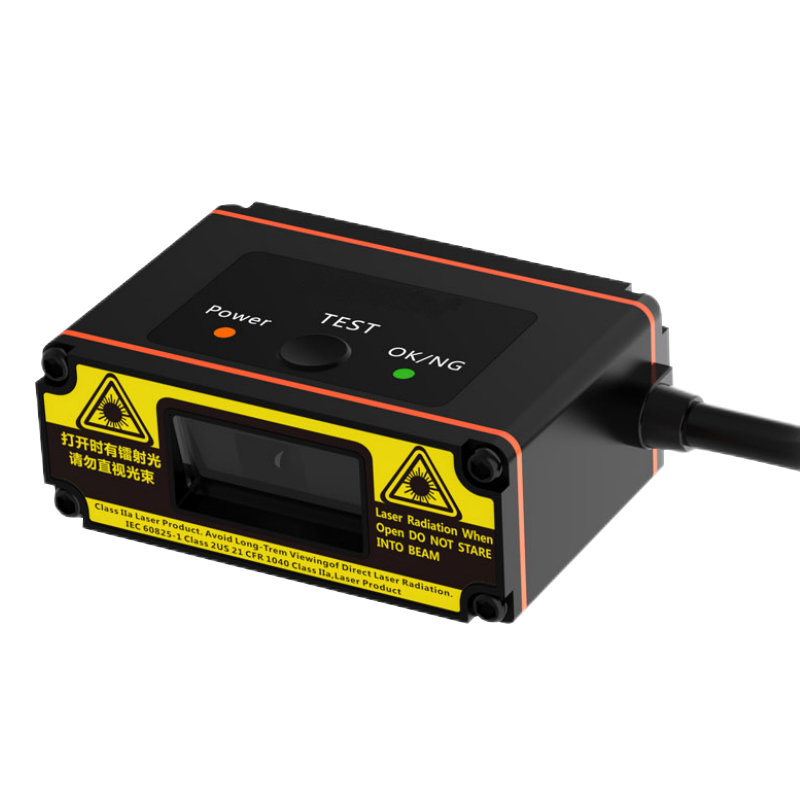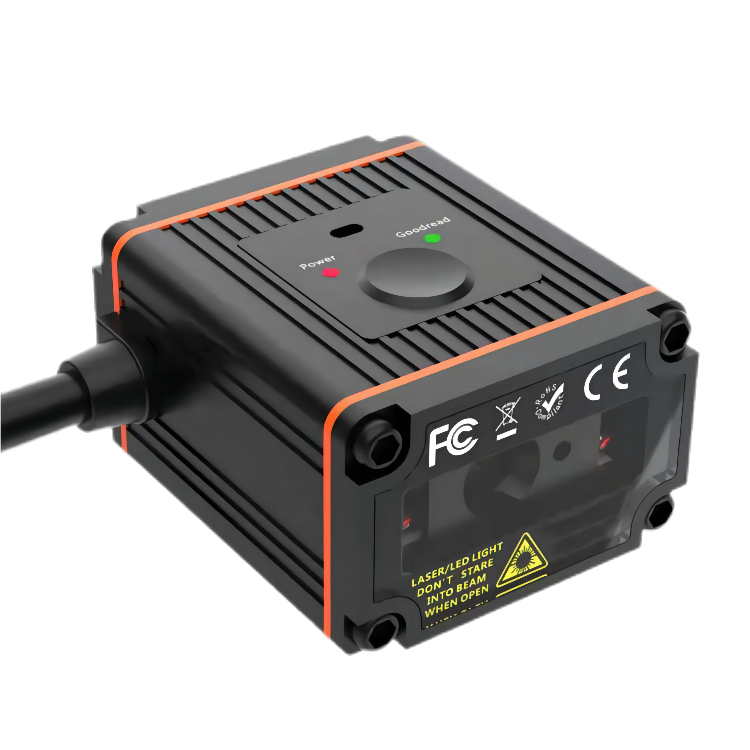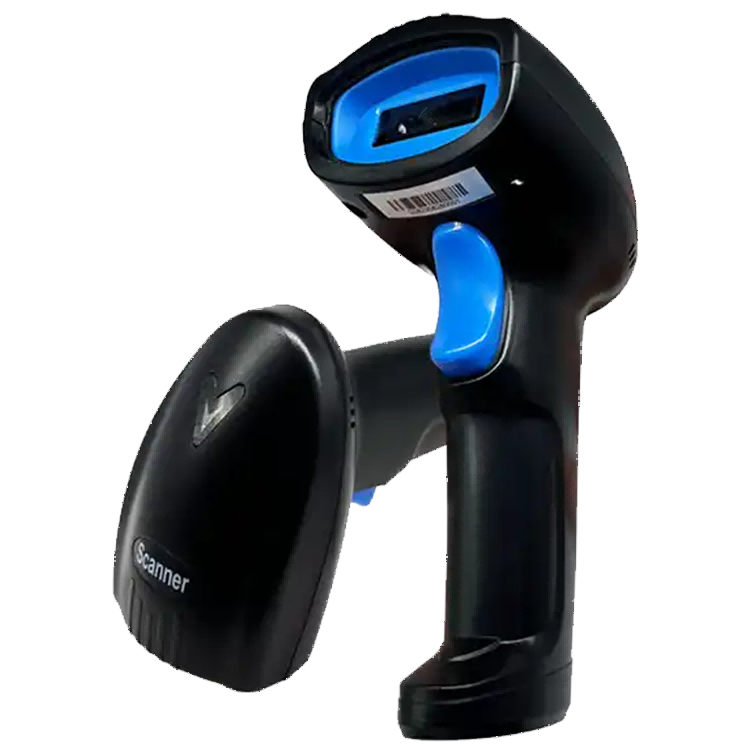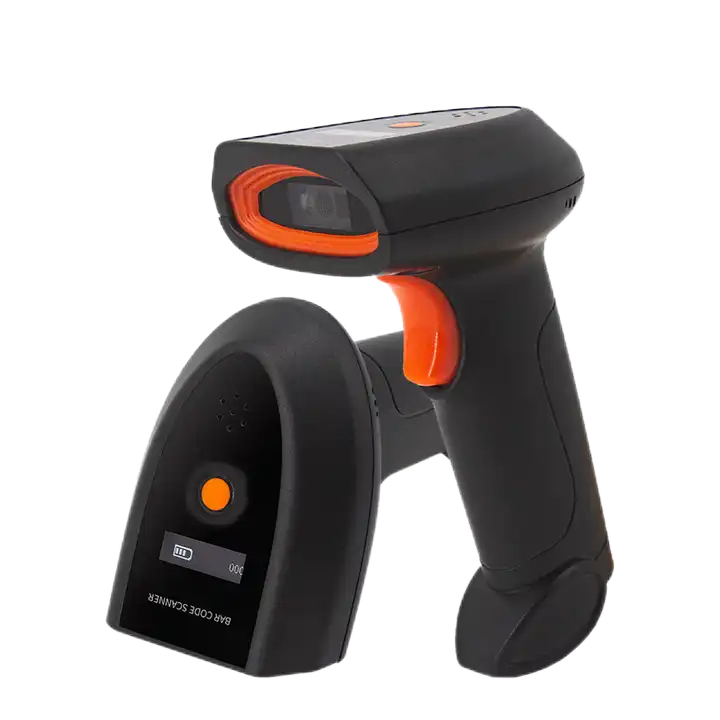
SULOTIONS
Self-checkout and Return System Solution for Libraries
What is a Self-Service Library System?
How to manage books through the automated check-in/check-out system?
A Self-Service Library System, also known as a library checkout and return system or self-checkout system, is an automated solution designed to streamline the borrowing and returning process of library materials. It integrates various hardware and software components to simplify operations and enhance user experience.

Components of a Self-Service Library System:
Hardware Components:
Self-service kiosks or terminals: These terminals serve as interfaces between users and the library system, allowing users to initiate borrowing and returning transactions.
Barcode scanners: Barcode scanners read the unique barcodes assigned to each item in the library collection, crucial for identifying library materials.
Touchscreens: Intuitive touchscreens provide users with a friendly interface to interact with the system.
Payment processors: For systems offering self-payment options, payment processors enable users to settle fines or fees directly at the self-service terminals.
Software Components:Integrated library management software: This software serves as the core of the system, managing the circulation of library materials, maintaining reader records, and tracking inventory.
User interface: The user interface software provides readers with a seamless, intuitive borrowing and returning experience.
Database management system: Responsible for storing and retrieving information regarding library materials, readers, transactions, and inventory status.
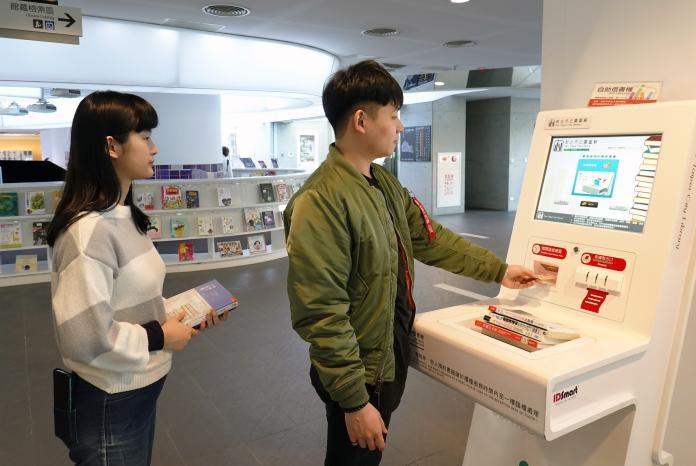
The Importance of Barcode Scanning in Self-Service Library System:
Barcode scanning is crucial for library self-checkout system as it helps in quickly and accurately identifying library materials. Each item is labeled with a unique barcode containing basic information such as title, author, and location. When users scan items using integrated barcode scanners, the system retrieves relevant information from the database, processes the transaction, and updates inventory records accordingly. This streamlined process minimizes errors, reduces waiting time, and improves overall efficiency.
How to Choose the Right Barcode Scanner for a Self-Service Library System? What Important Factors to Consider?
Barcode compatibility: Ensure compatibility with the barcode types used by the library, such as ISBN, ISSN, or proprietary library codes.
Scanning speed and accuracy: Select a scanner with fast and accurate scanning capabilities to expedite transactions and reduce errors.
Integration: Choose a scanner that seamlessly integrates with library management software or Integrated Library Systems (ILS).
Durability and reliability: Select a rugged and durable barcode reader scanner capable of withstanding the daily demands of the library environment.
Ergonomics and user-friendliness: Consider the ergonomic design and user-friendly features of the barcode reader to enhance usability for both readers and library staff. If opting for handheld barcode scanners, features such as adjustable stands, ergonomic handles, and intuitive controls contribute to a better user experience. If choosing embedded barcode scanners, ease of integration into appropriate locations enhances user experience.
Connectivity options: Evaluate the connectivity options provided by the barcode scanner, such as USB, Bluetooth, or wireless (Wi-Fi). Choose a scanner compatible with existing hardware infrastructure and capable of flexible deployment.
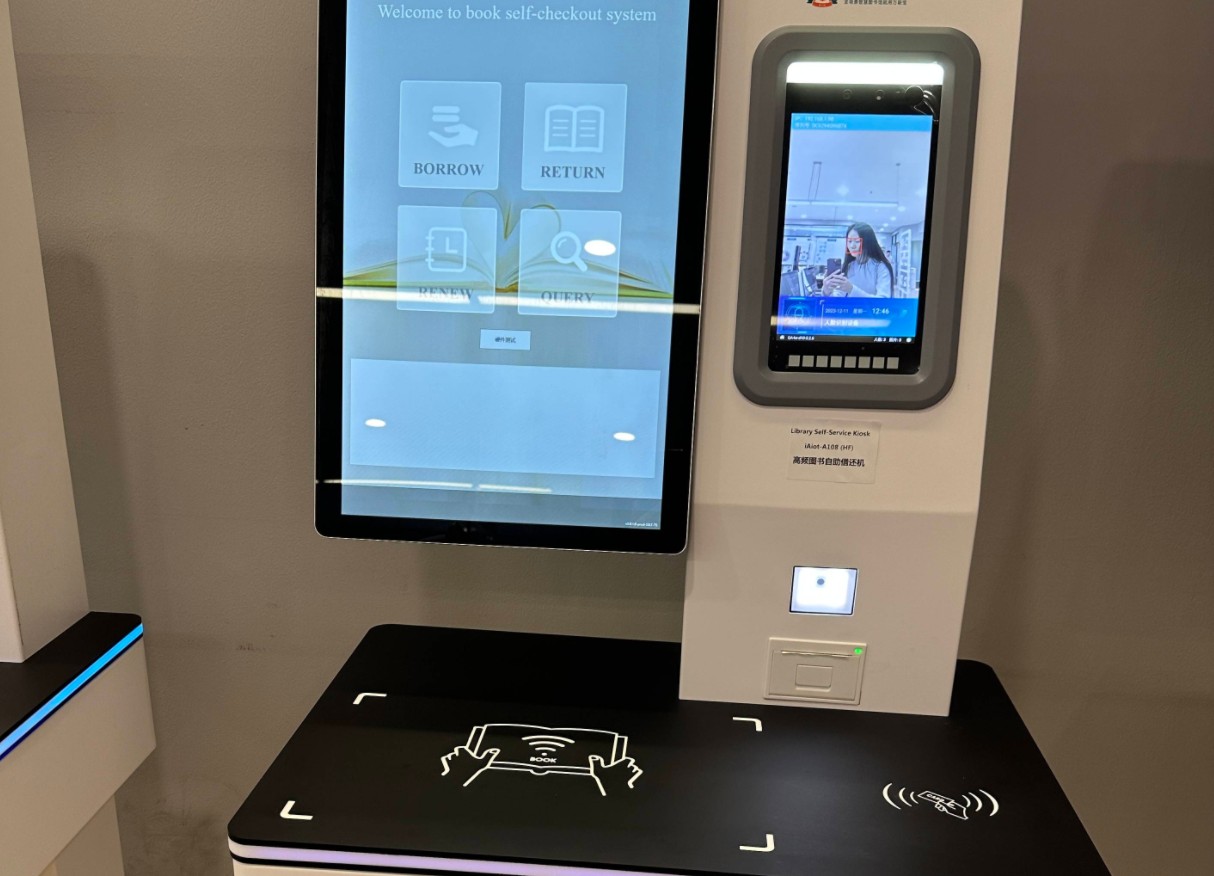
Advantages of Library Checkout and Return Systems:
Enhanced reader convenience: Self-service options enable readers to conduct transactions at their convenience, extending service hours beyond regular staff working hours.
Improved efficiency: Automation of circulation tasks reduces transaction time, minimizes queues, and allows staff to focus on other library tasks.
Accurate inventory management: Real-time updates to inventory records ensure accurate tracking of library materials, reducing instances of loss or misplacement.
Simplified operations: Automation of routine tasks optimizes workflow efficiency, enabling libraries to allocate resources effectively and improve service quality.
Enhanced user experience: Intuitive interfaces and self-service functionalities contribute to a positive user experience, increasing reader satisfaction and loyalty.
A book checkout and return systems is a sophisticated integration of hardware and software components designed to automate library transactions and enhance user experience. Effective utilization of barcode scanning technology is crucial for streamlining operations and optimizing system efficiency. By carefully considering the choice of barcode scanners and automation systems, libraries can effectively manage their collections while providing excellent service to their patrons.
CONTACT US
CONTACT US
CONTACT US

are completed before submitting your inquiry.

We will respond within 24 hours.

